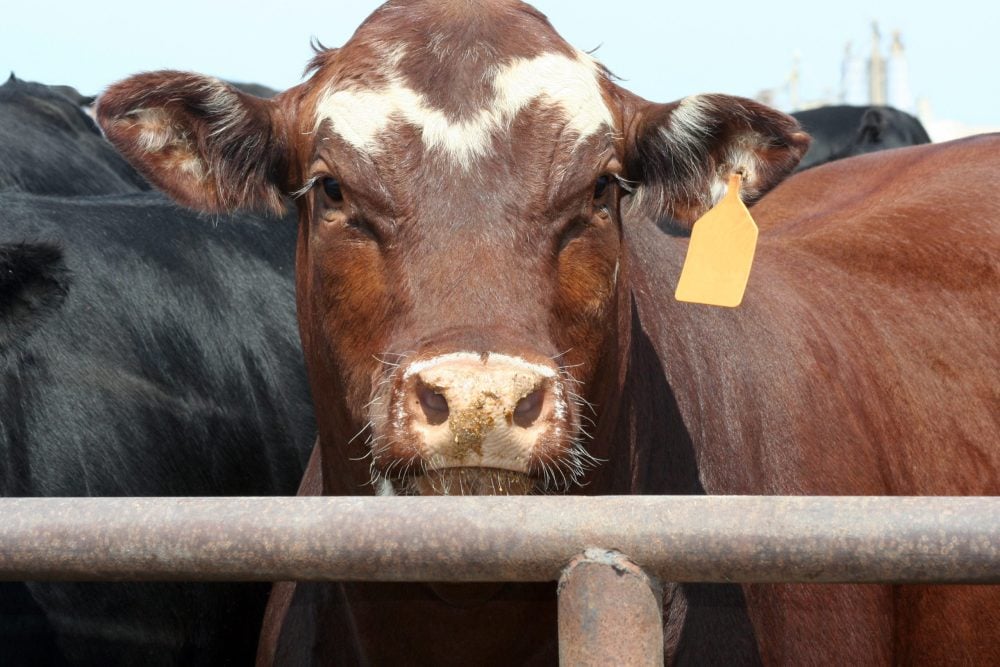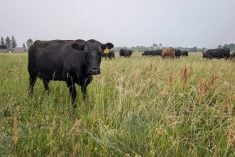Current U.S. beef cattle prices should have a positive, stabilizing effect on Ontario prices, but that’s more than offset by the loonie and recent higher costs for the province’s packers and exporters, according to a new report by the George Morris Centre.
In a paper released Thursday, the Guelph-based agricultural think tank reviewed the three key drivers of Ontario cattle prices to see what’s changed and led to “very depressed local cattle pricing.”
“The combination of stable but large volume supplies has combined with stable but relatively strong demand to result in historically high U.S. cattle prices in the 2006-08 period,” GMC market analyst Kevin Grier wrote.
Read Also

U.S. livestock: Cattle futures plunge daily limits on beef price fears
Reuters — Most Chicago Mercantile Exchange live cattle and feeder cattle futures contracts fell their respective daily limits on Friday,…
That factor has “a positive impact on the overall price level in Ontario,” he wrote.
However, simple math shows that the rising value of the Canadian dollar against the U.S. dollar during the past three years has resulted in cattle pricing 37 per cent lower for Ontario producers.
For example, Grier wrote, cattle priced at US$90 per hundredweight in Nebraska would have been worth C$139/cwt in early 2003, when the loonie was worth US65 cents. “That same US$90 steer would be worth just C$87 during October 2007 when the exchange rate was at 1.03.”
Ontario, furthermore, has essentially been on an “export basis” since the U.S. border reopened to fed cattle from Canada in 2005. Unlike certain times of year before BSE, when Ontario would be on an “import basis,” the price in Canada is now considered to be the U.S. price, adjusted for the exchange rate, less the cost of shipping the product to the U.S.
Fuel surcharges, border fees and BSE-related age certification expenses have also bit significantly into the costs of exporting cattle, and “as such, the added costs of transport and export compliance are bid into the price of cattle locally,” Grier wrote.
Local supply and demand, however, also play a major part in the local price spread. Supply and demand had been in “reasonable balance” recently, shifting with the flow of cattle marketings, which are typically large in the fourth and early first quarter and lighter in summer. Fed cattle from Quebec are also a “greater presence” in the Ontario slaughter mix, Grier added.
But the floor dropped out of the demand side when Cargill’s Better Beef plant at Guelph laid off staff and cut back its slaughter, allowing Ontario packers to “exercise greater pricing leverage than they normally can.”
What’s more, starting in July, the added costs of new federal rules on removing and disposing of specified risk materials (SRMs) from cattle at slaughter have put much higher costs on Canadian packers compared to those in the U.S., Grier noted.
“This means that packers in Ontario must lower their cattle bids compared to before the new regulations,” he wrote.















